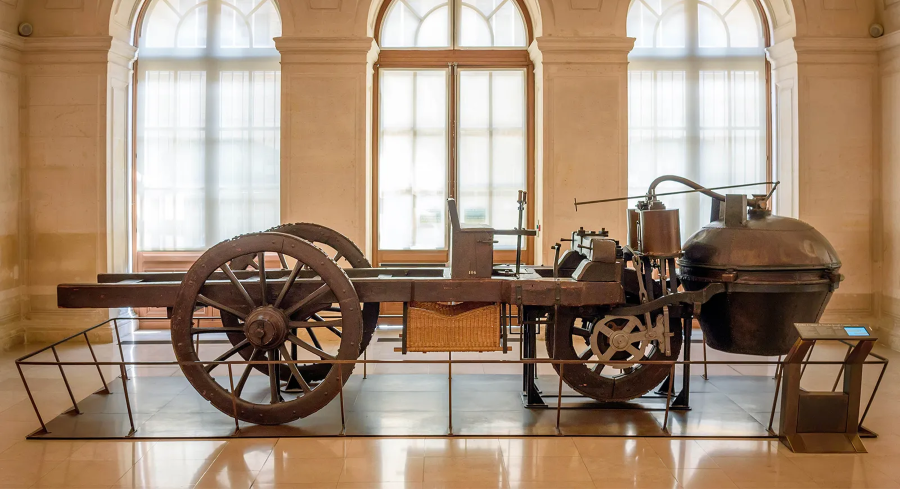
Is baking a cake an art, a science, or both? The beautiful icing, sugar glaze, towering layers, fruit arrangements on the top and the fondant are all real works of art. However, the cake itself is a work of chemistry without which there will be no aroma, flavour, colour, porous texture, and fluffiness.
The diverse ingredients used to bake a cake react with each other through a series of chemical reactions. Flour, sugar, egg, milk, baking powder and butter have a role in these reactions.
Wheat flour is used in most cakes, and it contains both starch and a type of protein called gluten. Gluten holds all the ingredients together. It also stretches as gas is produced by baking powder and baking soda. Baking soft cakes requires the right amount of protein in the flour because softness reduces as the amount of protein increases. Cake flour is 7.5% protein, while all-purpose flour and bread flour are 10.5% and 12% protein, respectively. Now you know why breads are slightly harder than cakes. Let us see how all other ingredients react with this flour to form a tasty, fluffy, and aromatic cake.
Baking soda and baking powder are the leavening agents that make a cake rise. Baking soda or sodium hydrogen carbonate is an alkali. It reacts with the acid in the batter and produces carbon dioxide. The release of this gas makes the cake rise. Next time, watch a cake rise through the oven glass while the cake is baking. Baking powder, sodium bicarbonate has additional acidic salt and releases twice the amount of carbon dioxide. This reaction happens when baking powder comes into contact with water and then again when the temperature rises. The high temperature helps baking powder to produce tiny bubbles of carbon dioxide that create a porous texture.
Sugar gives sweetness to cakes; that is common knowledge. Here is the science. At a temperature of 160°C, sugar undergoes a Maillard reaction involving proteins in eggs and flour. Maillard reaction results in the browning of the batter and forms the beautiful crust in baked foods. The flavour and aroma of baked goods are also from this reaction. The next time you see the brown crust on a bread loaf, think of the Maillard reaction, the sugar and protein.
Let us see what butter or margarine does in a cake. If you watched anyone baking, butter is creamed with sugar, which traps the air and makes cakes light. Fat helps in browning and in heat transfer throughout the cake.
Eggs are the source of protein for the Maillard reaction. Eggs are also the emulsifiers that play the role of combining ingredients that do not mix well, like oil and water. Creamed cake batter has a smooth consistency that combines well with eggs. Also, the protein in eggs gives a beautiful golden colour when baked.
Liquids like milk play a role, too. Liquids help chemical processes by hydrating the protein, starch, baking soda and baking powder. The vaporisation of liquid during the baking process releases steam that further increases the volume of the cake, making it fluffy and giving the right amount of moisture.
Another chemical process at high temperatures is caramelisation, which happens at 180°C. This process is the final stage of the baking process. Caramelisation causes sugar molecules to break down, releasing water and producing steam. The compound produced is diacetyl, which gives the butterscotch flavour and aroma. Further caramelisation produces ester and lactones; finally, furan is produced, which gives the nutty flavour, and maltol, which gives the toasty flavour.
Since a lot of chemistry is involved, baking a perfect cake requires the right amount of ingredients and the steps must be followed precisely. Too much of any ingredient will affect the reactions, so cakes sink and are not soft or flavourful enough.
The next time you indulge in a cake, look at the caramelised crust, fluffy texture, aroma, and nutty and toasty flavour, then think about all the ingredients and their chemical reactions.




